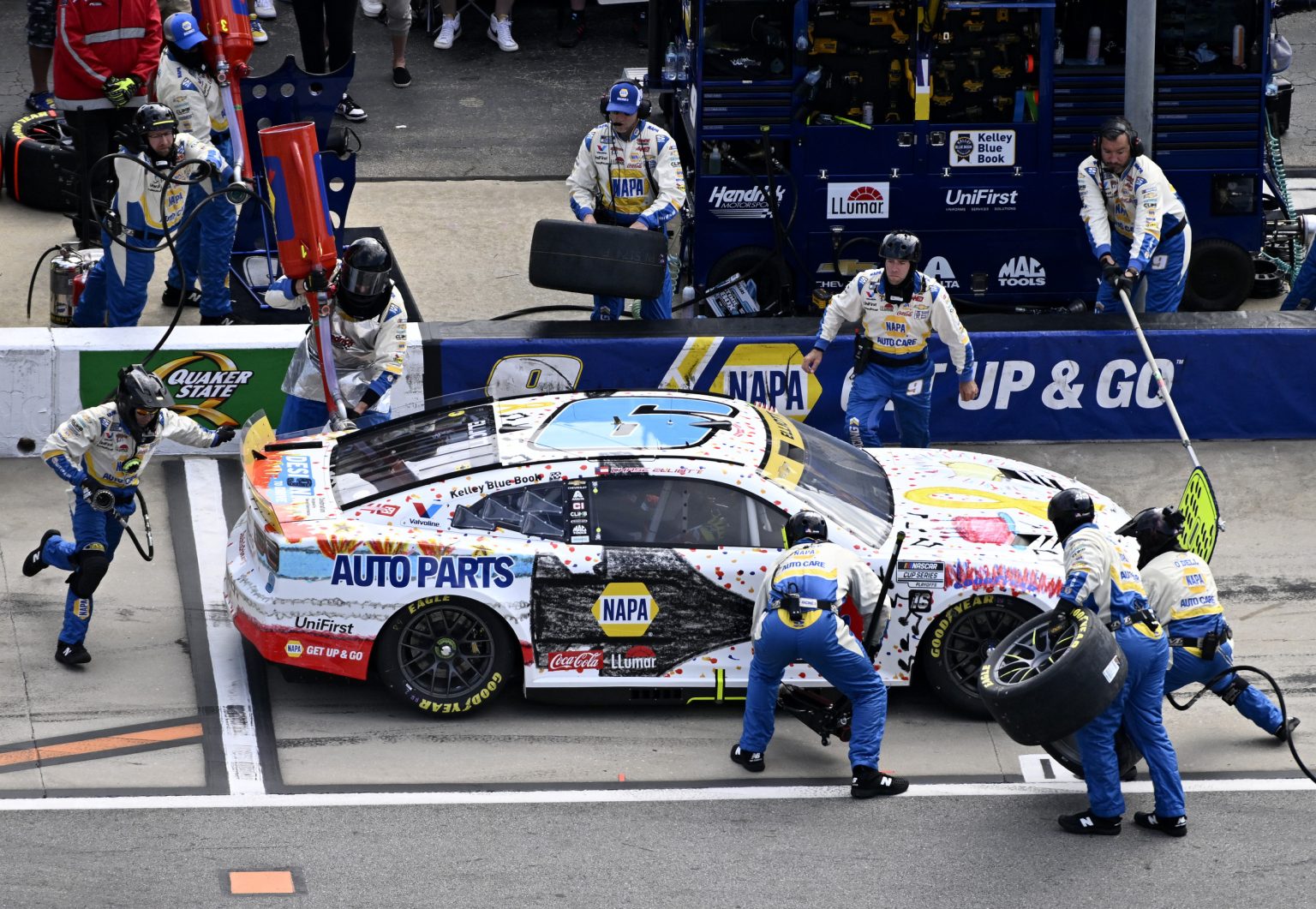During a recent podcast with Jeff Gluck and Jordan Bianchi of The Athletic, NASCAR driver Chase Elliott shared his thoughts on potential changes to tire compounds for the playoffs leading up to the Go Bowling at the Glen race. Elliott expressed skepticism about these changes, stating that the option tires should be the least of their concerns when creating drama for the rounds. However, he acknowledged that there could be scenarios where new tire compounds might create compelling storylines and improve competition for viewers.
Reflecting on the Richmond race as a case in point, Elliott mentioned that he thought the race went okay with a softer tire compound. He could see both sides of the argument, with one side suggesting that a softer tire could improve the racing, but also recognizing the challenges of getting Goodyear to buy into having potential tire failures. Elliott emphasized the need for something different to spice up races, as cars are becoming increasingly similar every week, leading to less variability in performance throughout a race.
Goodyear has introduced a new tire compound for the upcoming Watkins Glen race, aiming to provide fans with a more entertaining spectacle. Greg Stucker, Goodyear’s Director of Racing, explained that the new compound is designed to introduce more fall-off during the race, which could lead to around three seconds of fall-off per lap over a run. This increased fall-off is expected to impact team strategies, potentially leading to more passing opportunities and creating a more dynamic race experience for viewers.
The introduction of different tire strategies has the potential to add layers of strategic depth to NASCAR racing, similar to the impact tire choices have in Formula 1. While drivers like Elliott may have reservations about adding drama for the sake of drama, the ongoing debate around tire compounds and their influence on race dynamics continues. The Watkins Glen race with the new tire compound will provide a test case for how changes in tire strategy can impact the competitiveness and excitement of NASCAR events moving forward.
Overall, Elliott’s comments shed light on the complexities of balancing competitiveness and entertainment in NASCAR through tire compound changes. While there are potential benefits to introducing new compounds that create more racing variability, there are also challenges in ensuring safety and the integrity of the competition. It remains to be seen how the introduction of the new tire compound at Watkins Glen will shape the future of NASCAR racing and whether it will receive positive feedback from drivers, teams, and fans.








